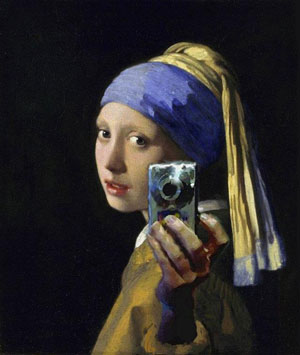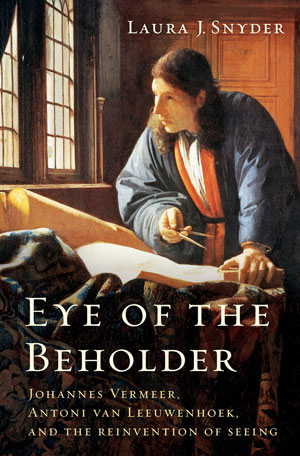Not much is left of the traditional camera. Give or take a few years, and mechanical shutters may be a thing of the past. Even though, what is photography without a shutter’s distinct sound. Countless variations of the “click” have persisted into the smartphone age, as the signal that an instant has been frozen in time. Even with electronic shutters and artificial shutter clicks and Photoshop and filters to add glow and grain, the basic concept of the camera is still in place. Soon one of the last surviving components of a traditional camera, the lens, might be replaced with arrays of sensors and smart algorithms, but in the end photography remains the same as in its earliest days. In the future, we’ll be able to adjust focus, lighting and even the angle of a shot electronically. Yet, photos will be worthless without a basic understanding of photography.
Right, we’re at the threshold of “computational photography” that often works by extracting or extrapolating from information that’s already there. So the image is not what you saw really, it’s an elaborate interpretation of it. But that doesn’t make it necessarily fake either.


By extending the reach of sight the new optical instruments prompted the realization that there is more than meets the eye. But they also raised questions about how we see and what it means to see. In answering these questions, scientists and artists in Delft changed how we perceive the world. Because it was in the small Dutch city of Delft that van Leeuwenhoek on a summer day in 1674 gazed through a tiny lens set into a brass holder and discovered a never before imagined world of microscopic life. At the same time, in a nearby attic, Dutch painter Johannes Vermeer was using another optical device, a camera obscura, to experiment with light and create the most luminous pictures ever beheld.
In her book, Laura J. Snyder transports us to the streets, inns and guildhalls of 17th-century Holland, where artists and scientists gathered, and to their studios and laboratories, where they mixed paints and prepared canvases, ground and polished lenses, examined and dissected insects and other animals, and invented the modern notion of seeing. The story of these two geniuses and the transformation they engendered shows us why we see the world as we do today.

There’s no evidence that the two knew each other, but physical proximity and many common friends make them irresistible subjects for a joint biography. When Vermeer and van Leeuwenhoek were born in 1632, just a week apart, Delft was renowned for the quality of its lens glass. Although lenses were mainly used in eyeglasses, they were increasingly being incorporated into tools for scientists and artists. The telescope was invented around 1600; within a decade it had been transformed into a scientific instrument by Galileo, who also developed some of the earliest microscopes by adapting telescopes to study insects.
For artists in the 17th century, composition was frequently augmented by concave lenses, which condensed imagery for easier observation, and by convex lenses, which projected scenery on to canvas for more realistic perspectives. That setup, also used by scientists to observe eclipses, was known as a camera obscura. Complementary, read the BBC’s Vermeer and the Camera Obscura.
Snyder speculates that Vermeer he began to use the camera obscure in the early 1660s, and was exhilarated by it. She bases her argument on close visual analysis of his paintings. Moreover, she attributes many of his works’ inventive qualities to his experience with it. One example is the way Vermeer represented shadows. Hues hidden from sight in the darkness of a room become visible when projected on to a screen. By following what the camera obscura showed, Vermeer was able to increase the realism of his work.

Biology in the 17th century was totally unprepared for the sight of microbes, or even the tails on sperm. To make these discoveries, van Leeuwenhoek “needed to train himself to see what was there, not what he expected to find,” Snyder writes. And that required a critical understanding of perception: like seeing the color in shadows, seeing the tails on sperm required insight into sight, an awareness that observation isn’t passive.
It is this active observation that fundamentally changed art and science in the 17th century, a process that is even more relevant today. Take our high-resolution lenses or new radio telescopes and electron microscopes that can reveal about the unknown universe. We are able to see what we are not supposed to see. Most of the times, we see what we want to see, our data analysis and visualization may be distorted by our preconceived ideas.
This is where van Leeuwenhoek and Vermeer come in: 17th century masters teaching us how to open up our minds and eyes to really see. Observing how they observed, we are primed to scrutinise our own beliefs. Yes, you see a photograph, but what do you really see. Quite often, a camera’s computational capabilities seem to surpass our cognitive one’s.


